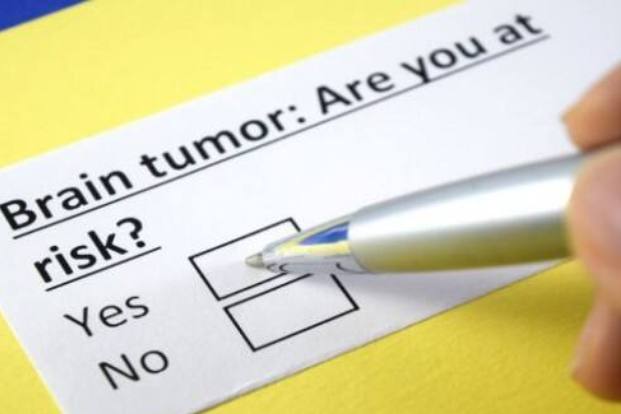Predicting the risk of brain tumor
Apr 19, 2022
As much as we would like to refute this, brain related diseases are on a rise. The rapid insurgence of brain tumor in India throws a light on its chilling connotation towards the goal of complete health that the nation is far from attaining. As a recent development, close to 40,000-50,000 patients are afflicted by this killer disease, alarming the medical fraternity. Patients of all ages and socio-economic background are piling up in hospitals, creating a crisis of sorts. The tumors are interspersed at various stages, with a shortage of staff dealing with these neurological upsurges.

What are brain tumors?
Brain tumors are an abnormal growth of cells in the brain that can increase in size aggressively. Tumors that do not spread or invade nearby tissue are called benign, while that one that spread rapidly throughout brains are called malignant. While benign tumors are less harmful as compared to malignant ones, yet don’t be rest assured- a benign tumor can cause problems in the brain by pressing on nearby tissue and hence need early diagnosis.
Symptoms of Brain Tumors
One of the most often asked question crops up on the symptoms of brain tumor. As it involves brain, where different areas of it control different parts of the body, the symptoms vary. It is based according to the type of tumor and the location, also on what stage the tumor is. Some show no signs, until it’s too large to be controlled, while others develop rapidly. Yet, the most common symptom is constant throbbing of the head, where the source is undetected. A word of caution- not all headaches are tumor- related, hence one needs to pay close attention.
Important facts about primary and secondary brain tumors
Primary brain tumors are a common occurrence in children and the eighth most common cancer in people of working age, therefore having key impact on family and working life. Meanwhile, cerebral gliomas account for more than 90% of primary brain tumors, apart from being the fifth most common cause of death, under the age of 65 years. While Patients with brain tumors come rarely in general practice, the insurgence has lead to them being a common concern of patients and GPs. Early diagnosis and imaging can help combat this, along with apt awareness for checkups and screening.
Ways to detect risk of brain tumors
While sometime the only way to make a definitive diagnosis of a brain tumor is through a biopsy, where the neurosurgeon performs the Surgery and the pathologist makes the final diagnosis, the modern medical science has evolved to a great extent to involve the following procedures:
- Neurological exam- The neurological system and its reflexes plays an important role in the functioning of the body, transmitting signals, to and from the brain. This makes neurological exam the first option towards detection. A neurological exam includes testing vision, hearing, balance, coordination, strength and reflexes. Anomalies in one or more areas often provide clues on the onset of brain tumor.
- Imaging tests- Image tests are the Prometheus of tumor detection, with Magnetic resonance imaging (MRI) being the most common amongst all. Here, a dye may be injected through a vein in your arm during your MRI study. Component such as functional MRI, perfusion MRI and magnetic resonance spectroscopy, helps evaluate the tumor and plan out treatment. Computerized tomography (CT) and positron emission tomography (PET) are other imaging branches used.
- Biopsy- As mentioned biopsy forms out to be an integral tool in detection. It can be performed as part of an operation, for removing the brain tumor. This often plays apart in early diagnosis and cure. Alternatively, a stereotactic needle biopsy may be done for tumors in critical cases, where the possibilities of brain being damaged by a more extensive operation, is high. Here, the neurosurgeon drills a small hole into the skull, post which, a thin needle is inserted. The malignant/ benign tissue is removed using the needle, guided by CT or MRI scanning, from time to time. The biopsy sample is then viewed under a microscope to determine if it is malignant or benign.









